We chose an early start for our Tram 28 and Alfama exploration day to try to avoid the crowds and queues: it's not peak season by a long way yet, but the queues are spectacular. See how they were later in the day in this photo.
Tourist season is April to October here. New Zealand's used to be January to December, but Jacinda dealt to that. We are now trying to work out whether we are going to have one. Mindless proclamations about NZ being open for business don't seem to hold much sway. Sorry I digress.
We hopped on the tram at Martim Moniz, a placa about 400m away down our hill. There were about eight of us standing alongside the tram in a long tram parking bay, just waiting for the driver to open the door. The tram suddenly moved off and stopped about 40m down the road. We, the waiting tourists, all looked at each other, with "what the hell is going on" looks. A quick sprint solved the issue, he opened the door and let us in, with a "bloody tourists don't even know where to catch the tram".
We set off a a rapid clip in this funny little tram with four wheels in a centre bogey configuration with large overhangs at each end.This is a very screechy, noisy piece of technology, but it was interesting thundering up the hill though very narrow lanes. The up/down rails merged occasionally as the roads weren't wide enough for two lanes. Initially going up through Graca was new for us, but once on the way down the other side of the hill we were in familiar territory past theAlfama miradouros and places we had walked yesterday.
We raced across the downtown area behind Placa do Comercio, found another hill and careered up that. We were stopping and starting (obviously at the correct spots) for the working locals to get on and off on their way to work, or maybe home if you have a vivid imagination. We raced past the Basilica da Estrela a couple of times in fact, but obviously only one of those was correct.
We came to a stop outside the gates of a very large walled cemetery: you know the 'you aren't getting in here unless you qualify' type of wall.
We hadn't had breakfast so we wandered across to a pastry and coffee place. Two OJs, two Galaos, two beautiful pastries in the Pasteis do Nata style and 11 Euros later we had breakfast. Don't judge; when we're at home it's all healthy muesli and fibre stuff and fresh fruit. I figure a couple of weeks of this won't kill us, and it's all so very cheap.
So, a satisfying breakfast despatched, we wandered over to the cemetery gate to go for a wander and see how the locals do it. The guard waved us away with the "not open until 9 oclock". So we walked a few metres to the waiting tram. Interestingly a tram pulled in behind the tram we were waiting to catch. A whole bunch of people poured off that and stated walking towards us. I quickly recognised that these people weren't the "I'm here for breakfast, or I'm here for a cemetery visit" types. So I very quickly moved a few mtres down to the tram stop pole and stood there. A few seconds later our tram dutifully advanced the few metres to the official getting on the tram spot, and we were in for a couple of good window seats on the side of the tram that gave us a view of the other side of the tram track. The trip back across town was a little more sedate and quite crowded in the tram at times. I was in 'window up , head in the fresh air' mode as no one was masked, including us, and there were some very 'barky' kids aboard.
We exited our ride at the Miradouo de Santa Luzia, sheltered there from a brief rainshower and then headed up to visit Castelo de Sao Jorge.
Again we were early still, the castle was just opening, so no queue - the 10 people in front of us don't count as a queue in Lisbon terms.
The castle is a ruin, and there have been walls and construction there for many centuries, St George got the naming rights when Portugal and England signed a treaty. The Moors were here earlier, and the walls protected their mosque, but the Crusaders saw them off.
There are great views from the ramparts, a flock of rowdy peacocks (exotic trophies of the Age of Discovery), and an inner castle area that once housed the king and some nobles.
Archaeology digs feature Iron Age and then Moorish ruins and a Gotland Visgoth presence as well as some of the Christians developments after the 1147 rout of the Moors. Certainly an exemplification of our yesterday's guide's comment on building on the past in what must have been a highly strategic spot.
Outside the centre fortification, but still inside the wall is a small town of narrow streets and wall to wall houses for those who aimed to live near to the seat of power.
The struts for the obligatory clothes lines on the front walls of the houses sit in the base of old bottles embedded in the mortar of the wall.
In showery rain we headed downhill to check on construction progress in the Alfama area we had taken in on the Lisbon walk.
We stopped again at the Miradouro Santa Luzia with stunning views, bouganvillea and two interesting tiled depictions, one of the taking of Lisbon from the Moors, including Portuguese hero Martim Monz jamming himself in the castle door to prevent the Moors locking out the attacking Christians. I guess that's what one has to do to earn a placa named after you. The other is of Lisbon pre earthquake.
Then on to St Antonio's church and birthplace. We went into the church and the crypt, having just assembled outside it on the walk.
Having got to the end of the day's plan with plenty of day left we decided to add a visit to the National Tile Museum (Museu Nacional do Azulejo). This we accessed by bus, wringing a bit more value out of our 7 Euro day travel passes. The museum fills what used to be a convent, and the enormous varieties of tiling and its applications in art, construction, clebration and decoration is a great use of the old facility. The convent and its decorative art is very spectacular.
A highlight is a 23m depiction of Lisbon pre quake. Here's just the section showing the Alfama from Placa Comercio.
We decided we'd had enough walking on the uneven and hazardous cobbles and headed home. My back was actually quite sore from all the 'mis-steps' which tend to jar the lower back. You know what happens when the ground you are stepping onto isn't actually at the expected height, or worse still happens to be missing a whole bunch of cobbles. So we did, for us, a mildly adventurous bus and a two Metro line trip home for a late lunch. The Metro was really crowded, almost at the Japanese train pusher level. This at 2 in the afternoon.
We had tried to book dinner at the O Velho Eurico restaurant, but failed to make a connection or elicit a response. We walked there anyway to get there prior to the 8 00 pm opening. The staff were sitting outside the restaurant when we arrived. You could tell it was closed because there was the international signage of a road cone in the doorway. So I pulled up a chair to await the opening. The staff asked politely whether they could help us. Ann explained our intent, but "we are fully booked" but if you leave your details we can see if there will be a place available for the second sitting. Very nice, "what time will that be", probably about 10 pm. We went to another spot down the hill a bit and enjoyed some very nice food and a bit of Fado music (read wailing). Ann's dinner: pork tenderloin with chorizo and tasty cabbage stirfry.
Another lovely day in Lisbon. Our stats for the day, kindly recorded by the phone, 18,163 steps, 11.47 km walked and 47 flights climbed. That's a bit behind the previous days 23,545 steps, 14.4 km and 50 flights climbed. We'll try harder tomorrow.





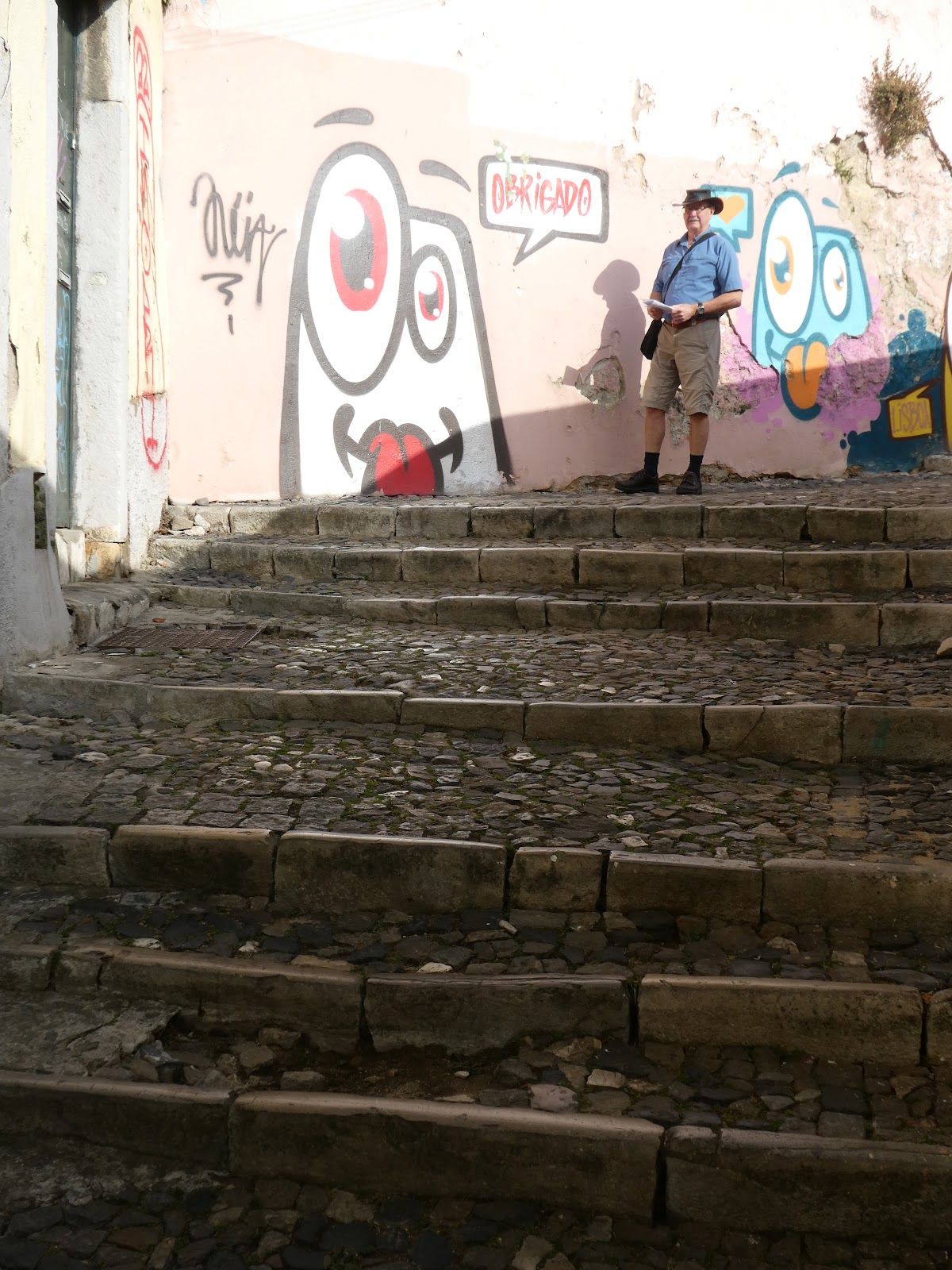


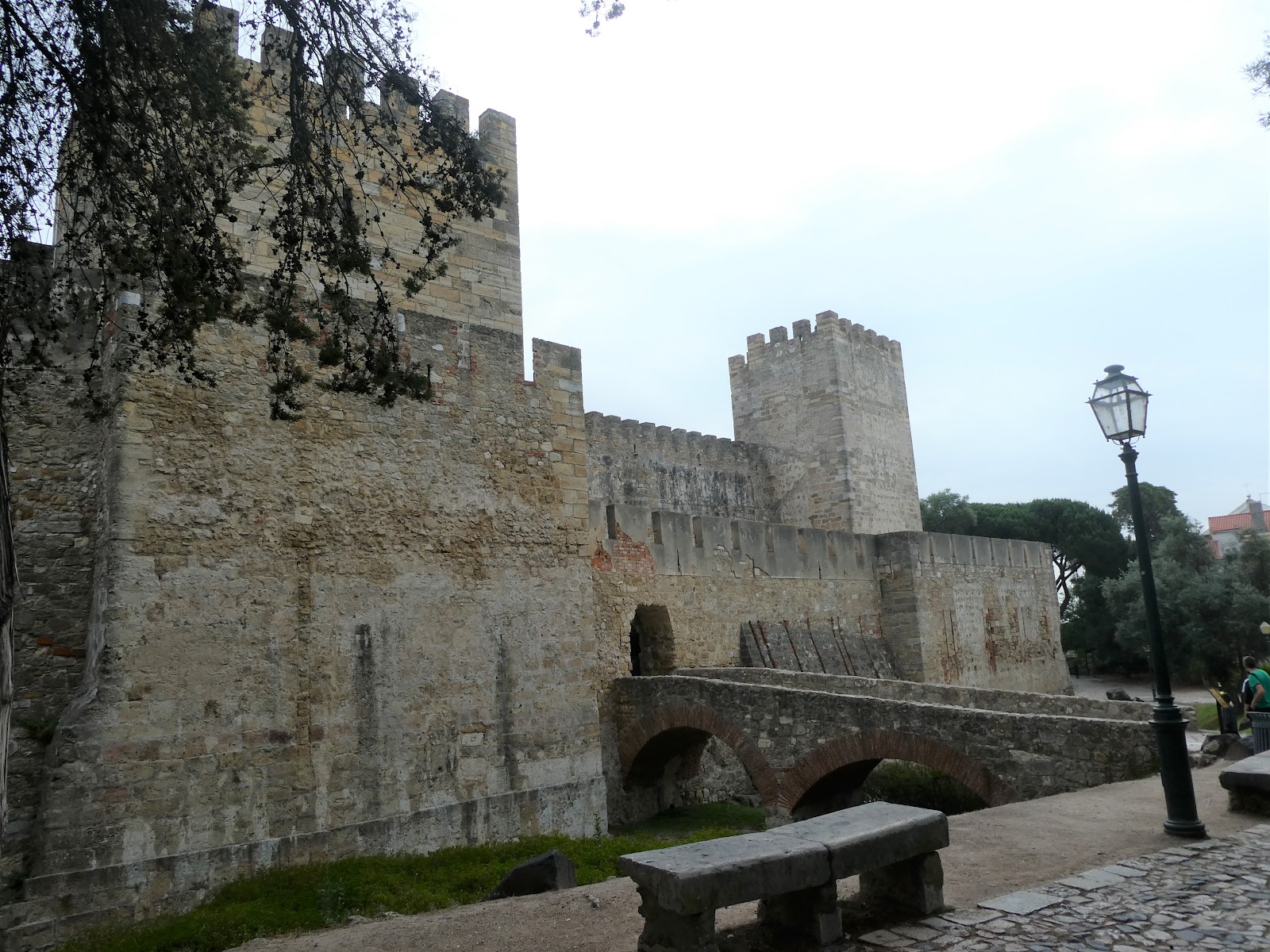



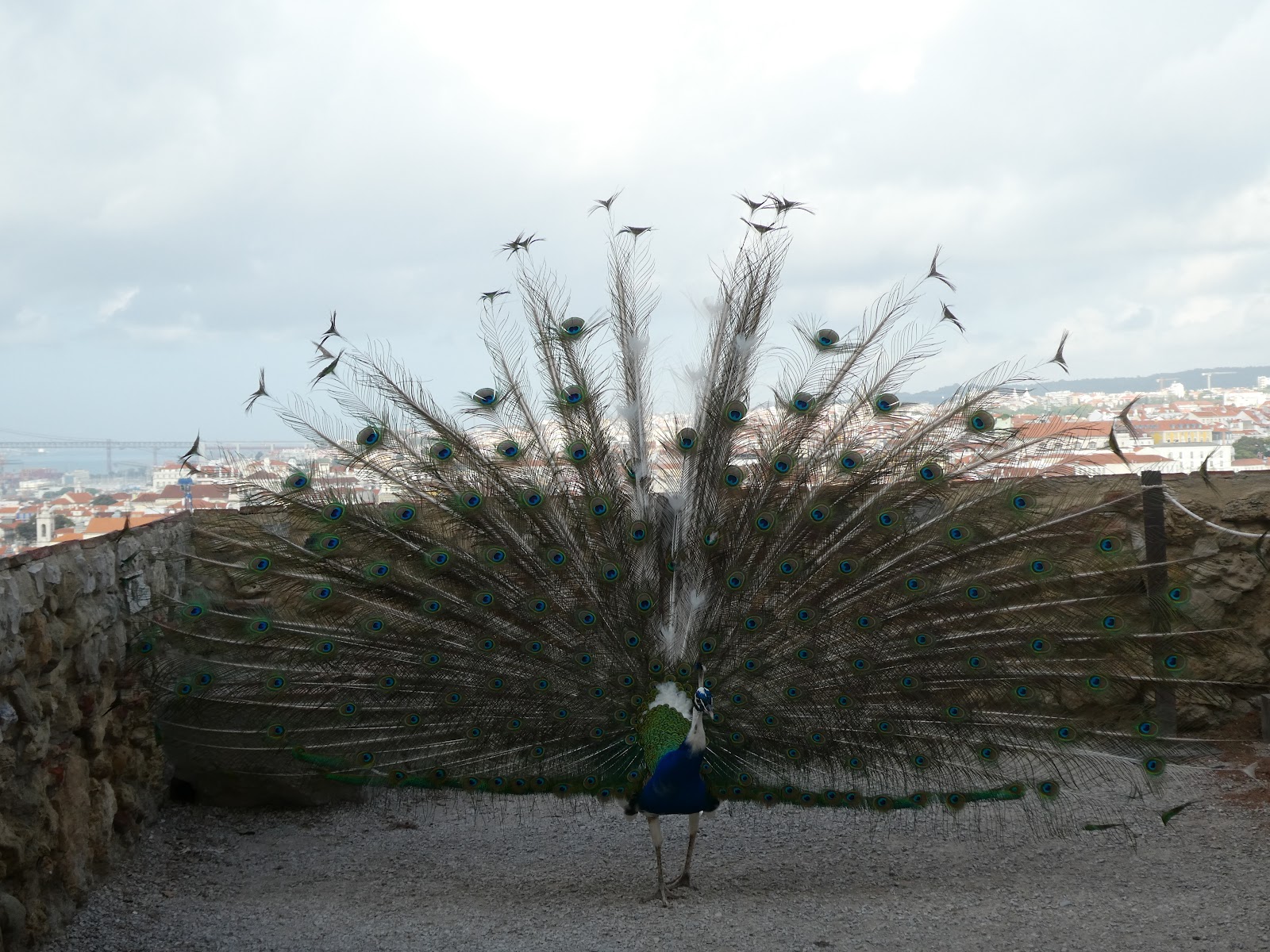



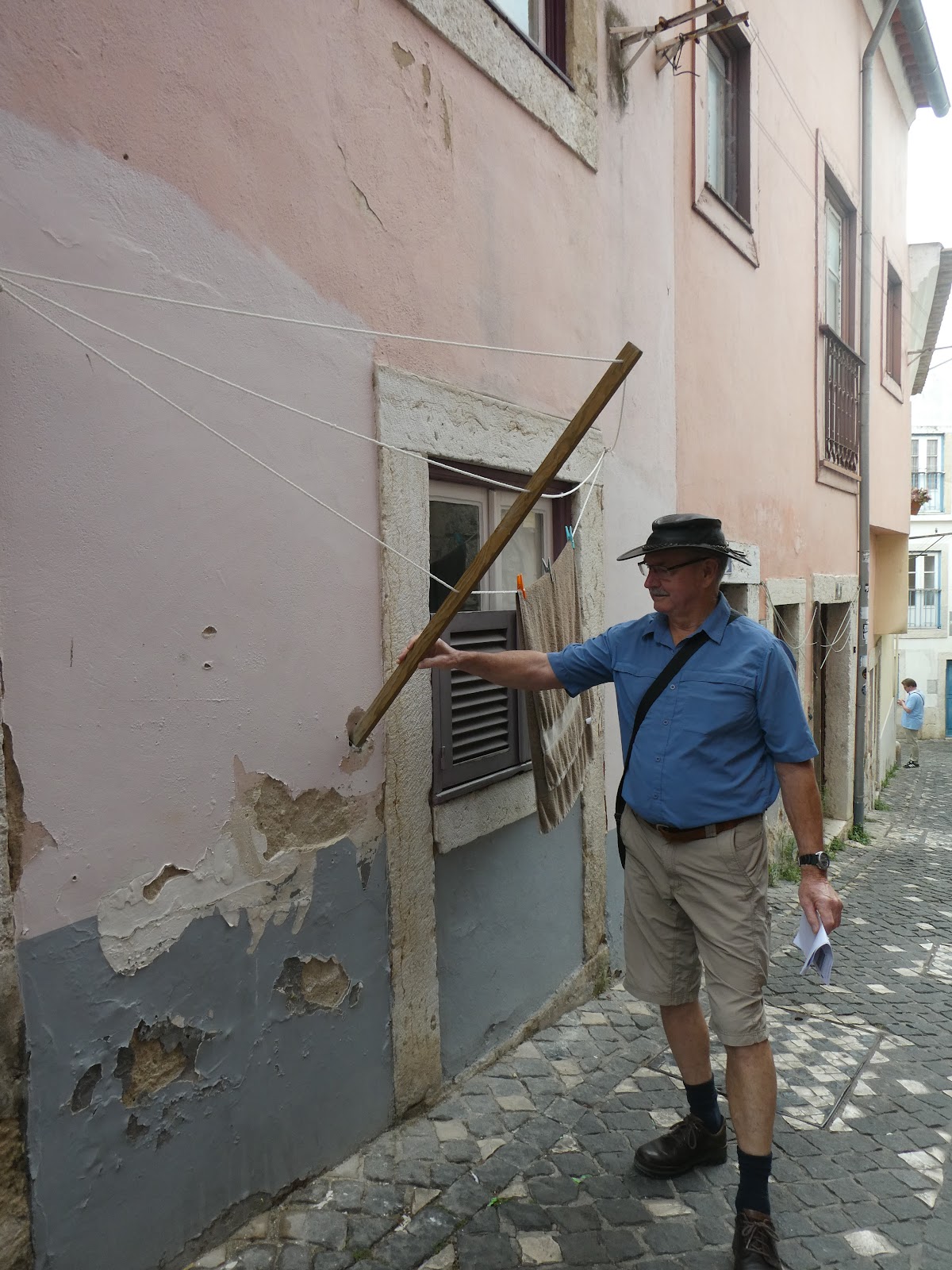



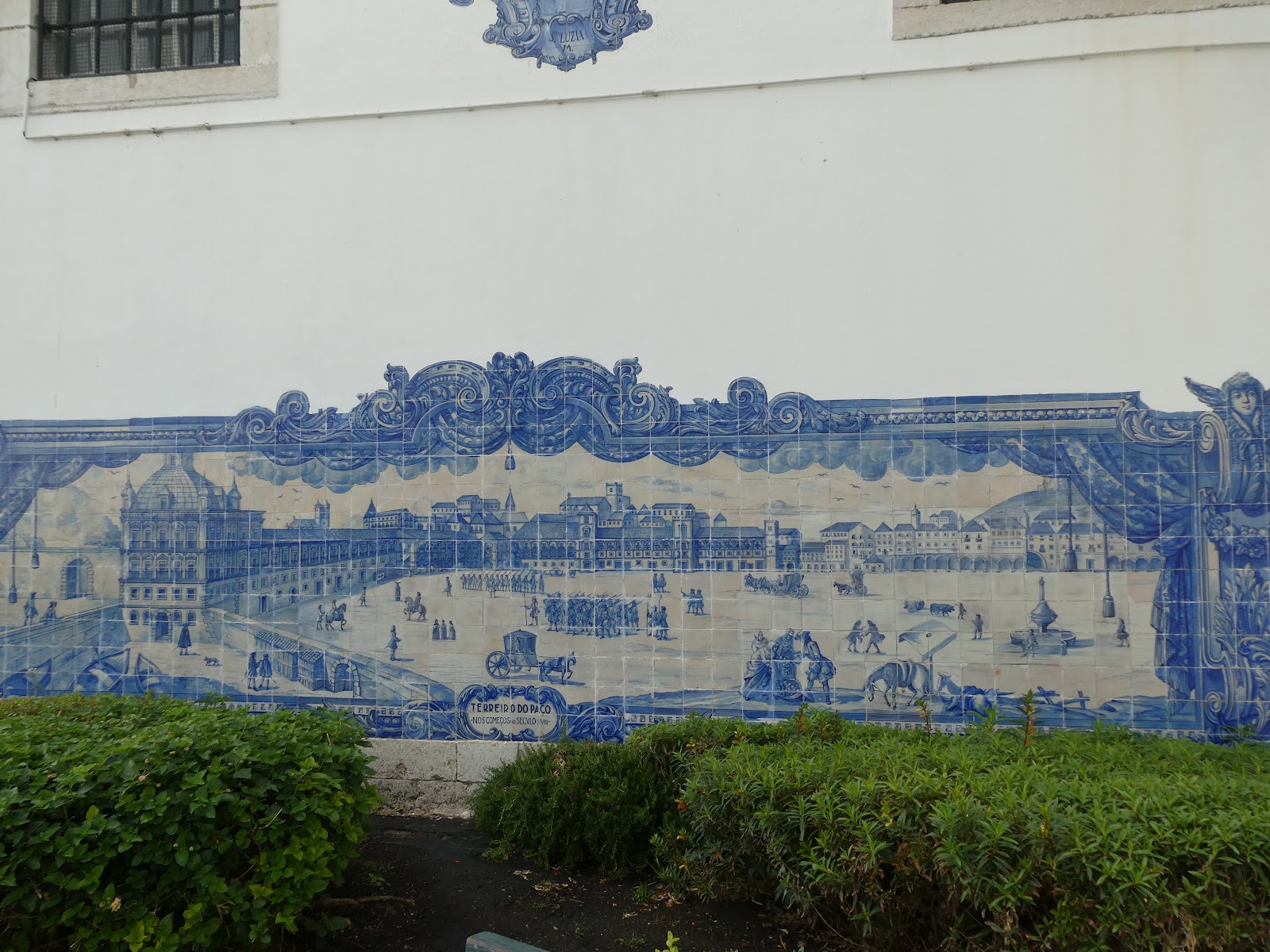



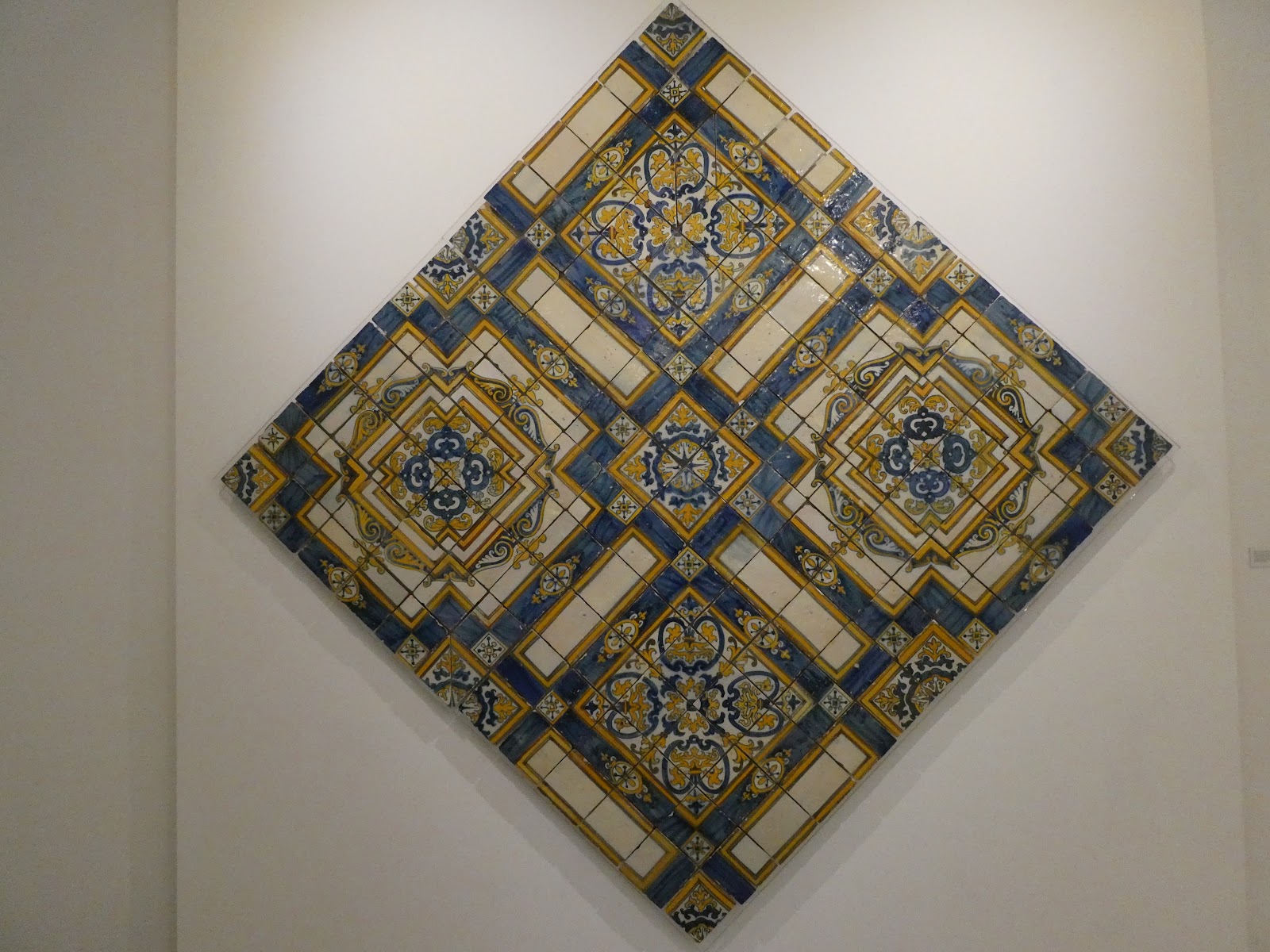



No comments:
Post a Comment